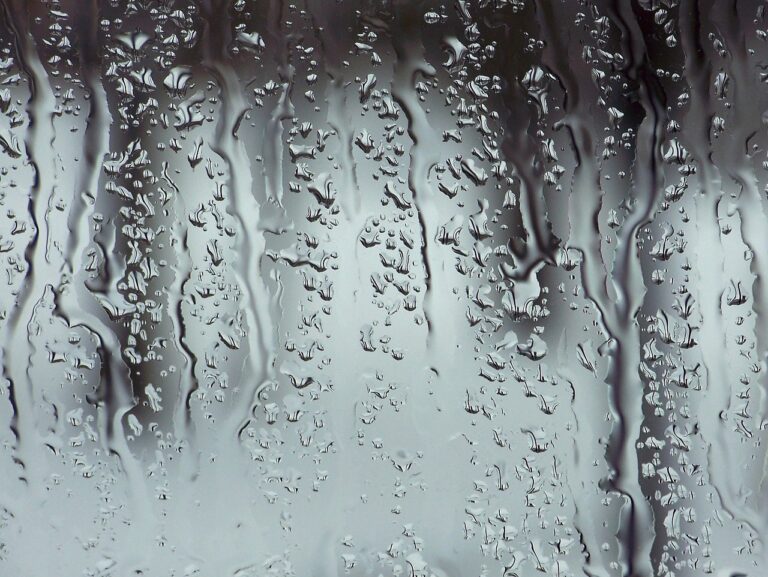The fabric of the ruling class, which embodies luxury and elegance, is silk. Real silk is a natural product obtained from the cocoon of the silk moth. Its positive properties make it the queen of spring, summer, autumn and winter. But where does the silk come from?
How the silk is made - production by custom

Silk production has a tradition going back thousands of years. Even today, the valuable thread is harvested in China, just as it was 5000 years ago. When the small caterpillar pupates in its cocoon, there are still a few days left to harvest this endless thread. To prevent the silkworm from damaging the thread, hot steam or warm water is used. The cocoon dissolves in it. The fine filament, which is the name of the individual thread that makes up the cocoon, is then unwound. One cocoon yields about 1000 to 4000 meters of filament in one piece. Only the middle piece is suitable for processing. The first and last meters are usually brittle. In the past, unwinding was done by hand, but in the course of time, so-called reel mills were invented. About three to eight cocoons are needed for one silk thread. These filaments are twisted together. The result is a supple white thread from which the well-known smooth and shiny fabric can be woven. 3000 cocoons weigh about 1kg, they result in 250g of finest silk in the end.
A noble fabric with history

The fabric now obtained is versatile. The fine shimmer makes every piece of clothing shine with a special luster. So it is not surprising that silk was once reserved for the rich and beautiful. Emperors and kings not only wrapped themselves in this noble thread, they even dressed the walls of their palaces with silk wallpaper. Those who were self-respecting and could afford it covered their seating furniture and decorated the rooms with silk. For a long time, China had a monopoly on silk production. The fabrics reached Europe via the so-called Silk Road.
Features of silk
Nowadays, you don't have to belong to the royals or have a good connection to a select merchant to enjoy this comfort. But the image of silk has endured. And rightly so! The elaborate production makes silk something unique and its texture offers advantages like no other fabric. The pleasant feel and the cooling effect on the skin, make it a popular companion on hot summer days. But also in the other seasons it scores with its temperature-regulating properties. In addition, it can provide a pleasant sleep. For example, people like to sleep in comfortable silk pajamas or silk sleeping bags at night. Silk can absorb up to 30 percent of its own weight in moisture. The lightweight material does not feel wet at all.
That's what makes silk:
- Skin-friendly
- Allergy friendly
- Fast drying
- Light
- Temperature regulating
- Natural sheen
Nature Pure
Despite its tear resistance, silk is a delicate fabric. Therefore, it should not be washed like other clothes. It is recommended to give special pieces to a professional cleaner. In everyday use, it is usually enough to hang the garment and air it out. This saves water. Therefore, it is fair to say that silk is a sustainable product. Its environmental friendliness is also reflected in its longevity. With careful handling, you can generally enjoy your elegant robe for a very long time. And if it does become obsolete one day, it can even be composted.
Class before mass
Meanwhile, silk is no longer produced exclusively in Asia. The caterpillar breeding and processing take place worldwide. Silk produced in Europe thus guarantees short delivery routes with processing at the highest level. Throughout history, people experimented with other caterpillars and materials, but the results often could not keep up. Real silk is and remains unparalleled in its quality.
*************************************************
Cover photo: Frank Winkler / Image 1 in text: Gilberto Mello / Image 2 in text: Drumbands5




